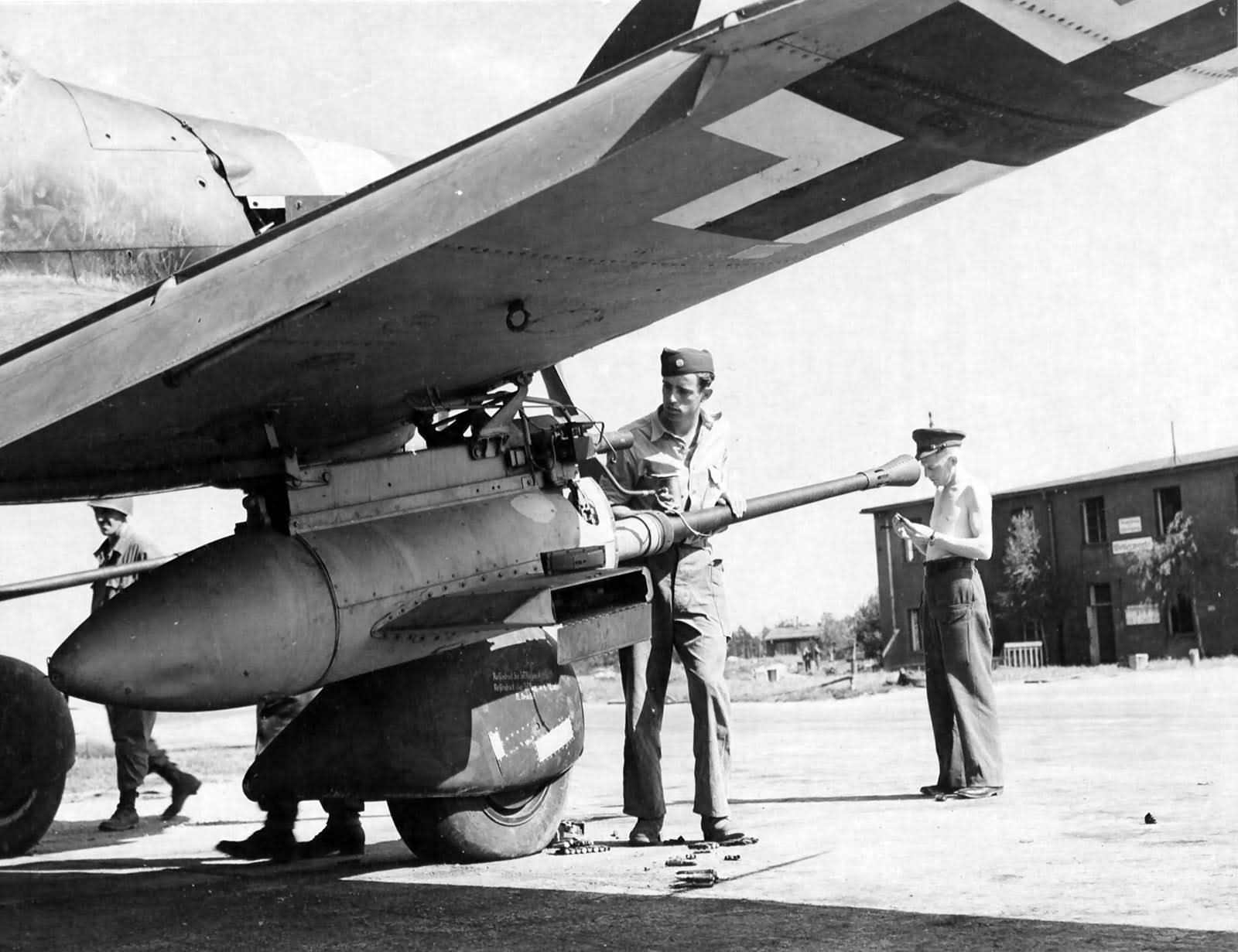

During the interwar period, Germany began developing a ground-attack airplane to take on well-defended troops and armor, bucking post-WWI wisdom. A sophisticated hydraulic system absorbed the massive recoil of the gun. This German Plane Was Clumsy and SlowBut Somehow Earned a Rep as a ‘Tank Buster’. The cannon was fed from an ammunition bin behind the cockpit. The Ju 87G-2 kit is molded in light gray styrene and. What both of these subjects have in common are the add-on ventral tank-busting cannons which allow for attacking allied armor from above where the armor plating is thinner. The 7.5cm gun was fed by an auto-loader system with initially twelve rounds, which was later expanded to 26 rounds. This is the Hasegawa 1/48 Luftwaffe Tank Busters kit which pairs their Henchel Hs 129B-1/2 with the Junkers Ju 87G-2.

The 3.7cm cannon pod was replaced with the 7.5cm gun from a Panzer IV! This article appeared in the February 2022 issue of WWII magazine.By 1944, it was apparent that the 3.7cm cannon was too old for tank-busting duty, and the Hs 129B3 received a massive firepower upgrade. The cannon could knock out any tank then in production, but this was a case of too little, too late-only 25 B-3s were delivered to the field, and they were unable to swing the balance of power toward the faltering German war machine. Eladóvá vált a képeken látható Bilek Henschel Hs 129 B-3 'Tank Buster' alacsonytámadó repülgép, 75mm-es ágyúval 1/72 méretarányban. The Hs 129, feared as the 'flying can opener' by the Allied soldiers, will finally be released as an impressive SWS kit in 1/32 scale The Henschel Hs 129 was the tank buster mounted with powerful ground-attack weapons to destroy Soviet tanks in the Second World. The airplane proved itself particularly effective at destroying Soviet tanks, even though its extensive armor and armament made the Hs-129 heavy for its engines, producing a slow and clumsy ride.Īs the war progressed, and the Soviets applied heavier armor to its tanks, the Hs- 129’s firepower was upped, culminating in the B-3 model of June 1944 (below), which featured the massive 75mm BK 7,5 cannon, World War II’s most powerful forward-firing aircraft weapon. The Star Performer Has Arrived The true essence of 'Tank Buster' revealed by SWS. Heavily armored around the nose and cockpit, the Henschel Hs-129 made its first appearance in 1942 and was deployed to the Eastern Front. Hs 129 B1/R4 551 lb of bombs, 2x 7.92mm Machine-guns, 2x 20mm cannons. In addition to the standard fixed armament of paired 20 mm cannon and 7.92 mm machine guns, the B1/R2 variant featured a MK 101 30 mm automatic cannon housed in a ventrally mounted external weapons pod. IN THE LATE 1930s, Germany-taking lessons from its participation in the Spanish Civil War-began developing a ground-attack airplane to take on well-defended troops and armor, bucking the post-WWI prevailing wisdom that low-flying attack aircraft were especially susceptible to enemy machine gun and rifle fire. A Henschel design eventually won the contract and the Hs 129 ‘Panzerknacker’ (or, ‘Tank Buster’) entered service in December 1941. With massed formations of Soviet armor penetrating deep behind German lines, urgent priority was given to the Hs-129's production. In skies with German air superiority, the Hs 129 Tank Buster can absolutely wreak havoc on Allied tank columns.

It is the most effective anti-tank airplane in the game, effortlessly piercing the front armour of all but the most well armoured Allied tanks in a few shots. This German Plane Was Clumsy and Slow-But Somehow Earned a Rep as a ‘Tank Buster' | HistoryNet Close HS 129 B3 Tank Buster is a German Air unit.


 0 kommentar(er)
0 kommentar(er)
